ENTERPRISE SOFTWARE GIANT SAP was an early adopter of an account-based marketing strategy, which began in earnest four years ago to derive value and loyalty from its most valuable customers. The company’s top 75 most strategic customers drive 30% of its revenue in the North American region.
Based on its strategic ABM approach, the marketing team began to scale ABM programs with those ads and website personalization to build on that success, and they’ve gotten the performance measurement portion down to a science. The operative measurement is lift, which the company defines as engagement with its target accounts.
“Lift should be your primary objective,” said Barry Angeny, Sr. Director, Integrated Media & Brand Advertising at SAP, explaining that engagement from target accounts is the “leading indicator of revenue.”
Angeny, along with Eric Martin, VP of Customer Experience Marketing at SAP, presented a session on their latest ABM efforts at the Demandbase Marketing Innovation Summit in April.
In addition to engagement from target accounts, SAP also measures Web traffic from target accounts to tap into buying signals that occur before buyers raise their hand, as well as opportunities created, pipeline, close rates, funnel velocity, lifetime value and cross-sell/upsell.
SAP orchestrated a pilot Targeted Account Marketing (TAM) campaign that ran from April to October 2016. The campaign had three objectives:
- Drive TAM accounts to the SAP site;
- Increase engagement with relevant content; and
- Initiate cross-sell or new engagement.
They focused particularly on deals in the pipeline that were expected to close, those that had stalled, and net-new accounts. After targeting 220 companies in the public sector, banking and retail industries, they segmented the list and began aligning creative and messaging to each.
UNDERSTANDING WEBSITE, AD ENGAGEMENT FOR CAMPAIGN REFINEMENT
In the 30 days leading up to the campaign launch in April, SAP tracked its website using Demandbase’s plug-in to understand which sections of the website accounts visited and which ads they engaged with. This enabled the marketing team at SAP to measure advertising engagement by account and adjust the campaign along the way.
“It provides sales and marketing with intelligence about account engagement, including early buying signals,” Martin said.
The retail-focused campaign chronicled SAP customer Brooks Brothers’ use of the software through website landing pages, testimonial videos and banners. Running an A/B test, SAP learned that the personalized content resulted in 269,000 impressions and a 0.11% click-through rate. The non-personalized ads got 423,000 impressions, but only a 0.08% click-through rate. The landing page had 41,543 page views.
“We saw the spike after the campaign,” Martin said. “Having that list of 220 accounts allowed us to hit it out of the park.”
A total of 91 companies engaged, and the total lift was 41% of the targeted accounts. Twenty-six percent were net-new.
“We were able to increase engagement level month over month,” Martin said. “When we look at companies and whether or not we’re seeing engagement, we can plot that over time.”
Martin added: “We chose to scale across a couple of tactics and a couple hundred accounts. That’s led us to pursue that across about 2,000 accounts.”
He said the team had great managerial support, as well as sales support. “For us to invest our time and finite resources, sales needs to meet with us regularly, let us in on the account plan and introduce us to customers. Sales and customer cooperation is vital for a successful ABM program. You need to collaborate with sales to arm them with the actionable learnings at engaged accounts.”




